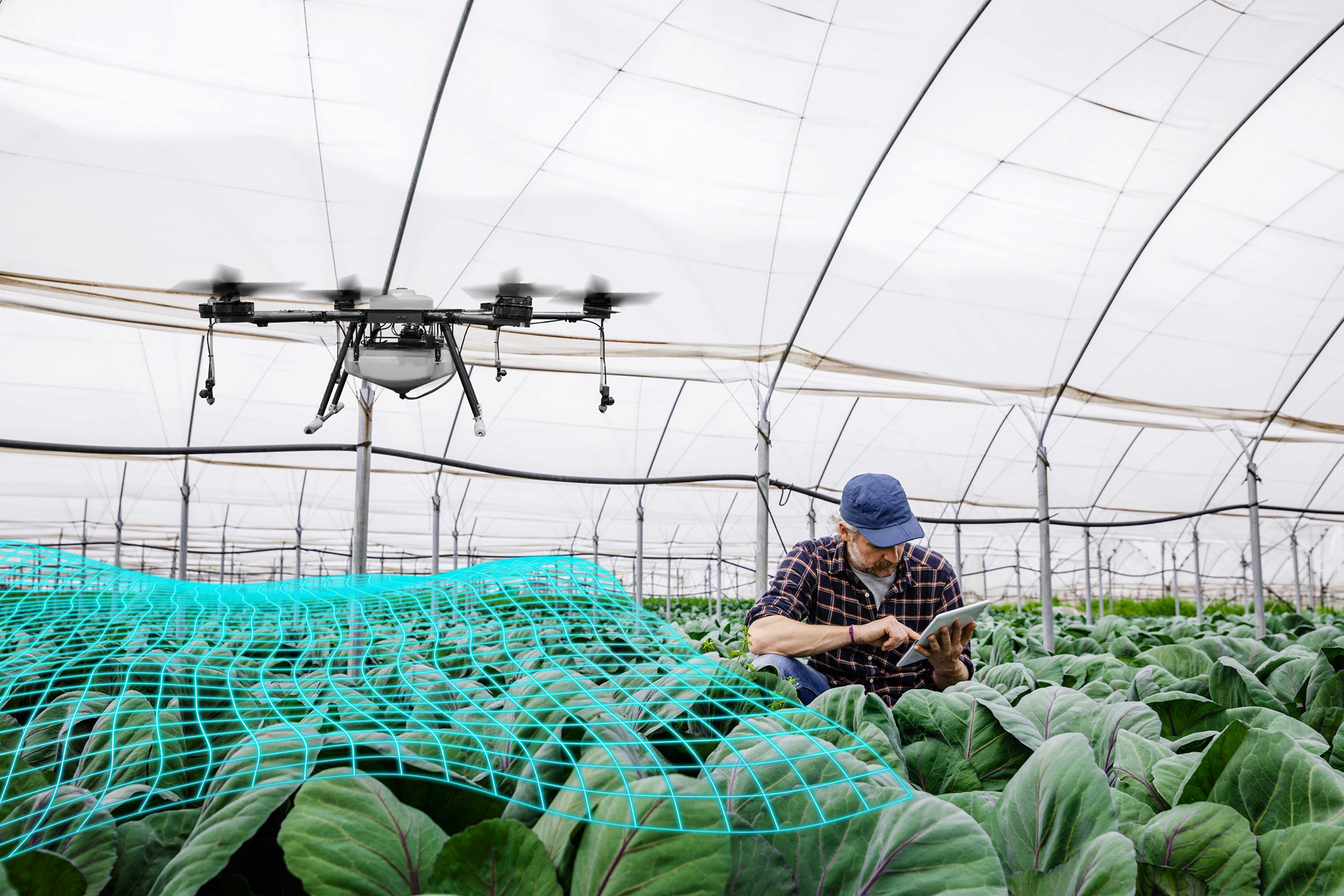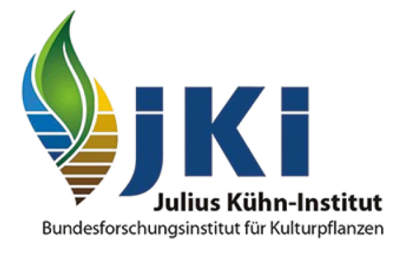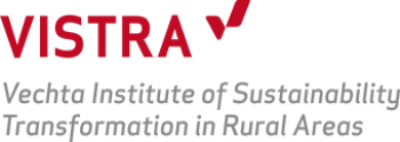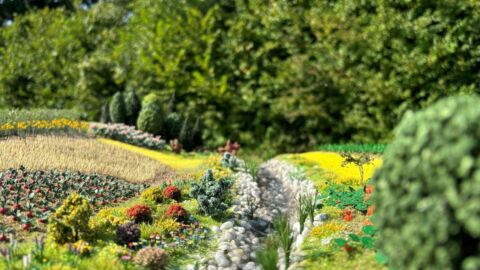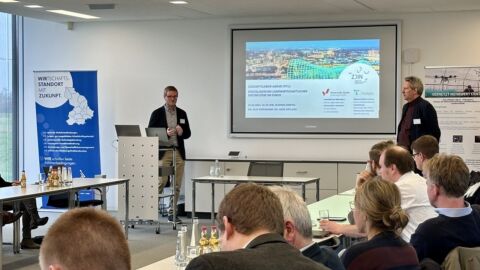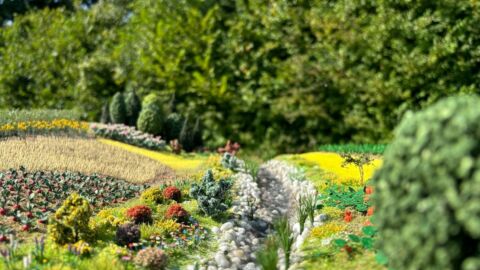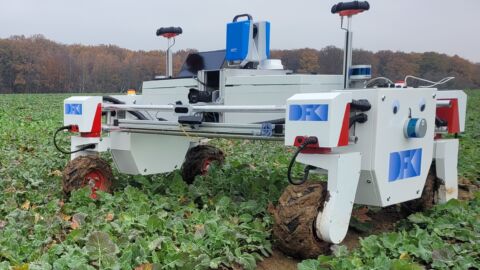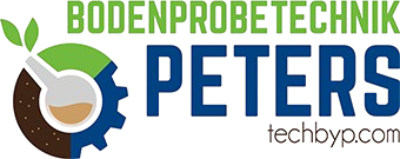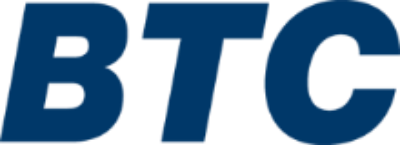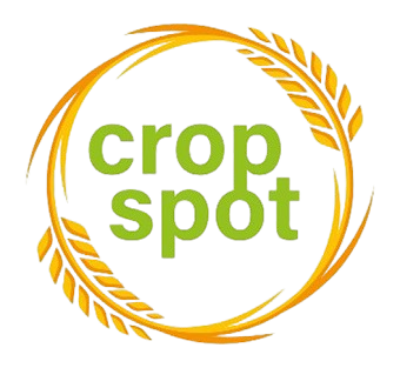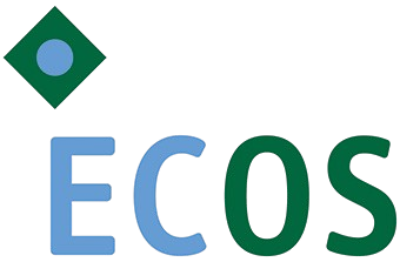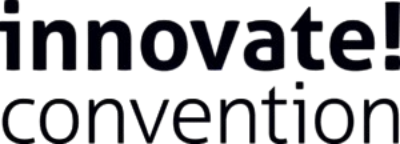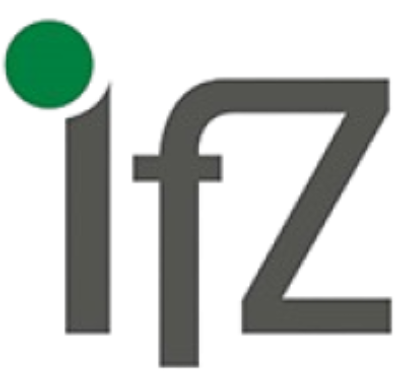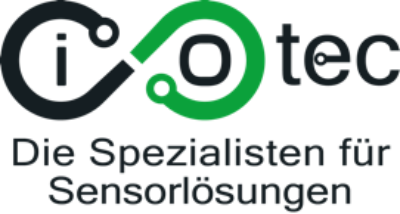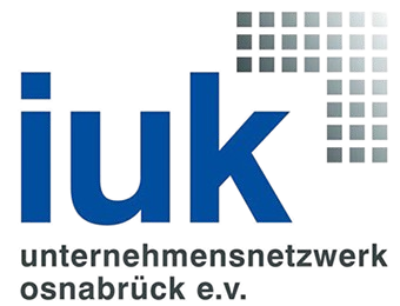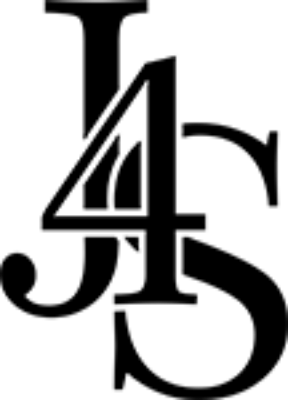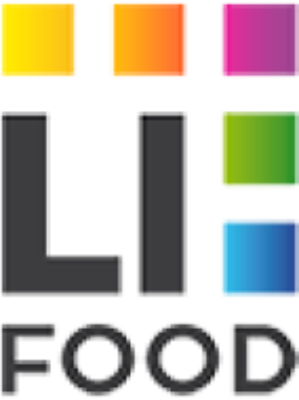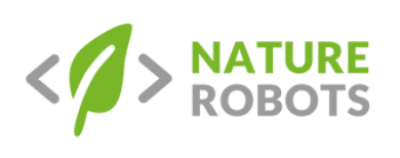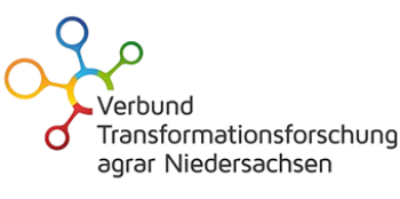Zukunftslabor Agrar
Informationstechnik ist bereits heute ein unverzichtbarer Teil moderner Maschinen und Prozesse in der Agrar- und Ernährungswirtschaft. Die Digitalisierung der Landwirtschaft, verstanden als umfassende Vernetzung und Integration von Maschinen, Prozessen und Akteuren im landwirtschaftlichen Wertschöpfungsnetz, schreitet voran. Bestehende Strukturen, Anwendungsroutinen und Geschäftsmodelle sowie deren wirtschaftliches, soziales und geographisches Umfeld werden sich massiv verändern. Vernetzung stärkt das Informationspotenzial von Produzierenden und Konsumierenden im Wertschöpfungsnetz erheblich. Sie erlaubt gleichzeitig, den gestiegenen Bedarf nach Information und Transparenz durch Gesellschaft und Politik zu befriedigen. Dies stellt höhere Anforderungen an die Datendurchlässigkeit und Transparenz; in einem Marktumfeld muss Transparenz aber selektiv sein, um akzeptabel zu sein. Akteure müssen ihre Datenhoheit behalten und Informationen zielgruppenspezifisch preisgeben können.
Zentrale Aspekte des Zukunftslabor Agrar sind Fragen des Datenmanagements und der Dateninterpretation, der Automatisierung und Autonomie in der Agrartechnik sowie nach Auswirkungen der Digitalisierung auf das Arbeitsumfeld, die Ausbildungsinhalte und die rechtlichen Rahmenbedingungen in der Agrar- und Ernährungswirtschaft. Weiter wird der Beitrag der Digitalisierung für die Nachhaltigkeit landwirtschaftlicher Prozesse analysiert.
Wissenschaftler*innen

M. Sc. Andrii Besieda
Andrii Besieda ist wissenschaftlicher Mitarbeiter am Thünen-Institut für Agrartechnologie. Seine Forschungsschwerpunkte sind: Analyse der Datenflüsse, die aus gesetzlichen Normen resultieren. Analyse der inner- und überbetrieblichen Datenflüsse in den landwirtschaflichen Wertschöpfungskette.
Projekte
Analyse von Datenaufzeichnungen und –flüsse im Alltag von Landwirt*innen: heterogene, proprietäre Datenmanagement-Lösungen ohne durchgängige Standards
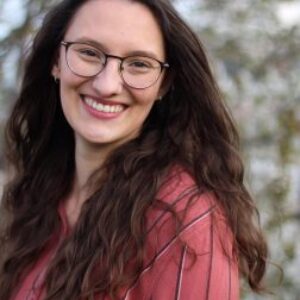
Eva-Marie Dillschneider
Eva-Marie Dillschneider ist wissenschaftliche Mitarbeiterin am Julius Kühn-Institut / Intitut für Anwendungstechnik im Pflanzenschutz. Ihre Forschungsschwerpunkte sind: Spot Farming, autonome Feldrobotik.
Projekte
Durch schonenden Ressourceneinsatz die regionale Wertschöpfung der Forst- und Landwirtschaft zu stärken und somit einen nachhaltigen Klimaschutz zu fördern.
Das Projekt „Praxisorientierte Autonomisierung landwirtschaftlicher Verfahren“ beschäftigt sich mit der Integration autonomer Systeme in der Landwirtschaft

Phillip Hildner
Phillip Hildner ist wissenschaftlicher Mitarbeiter an der TU Braunschweig am Institut für mobile Maschinen und Nutzfahrzeuge.
Projekte
Analyse von Datenaufzeichnungen und –flüsse im Alltag von Landwirt*innen: heterogene, proprietäre Datenmanagement-Lösungen ohne durchgängige Standards
Das Projekt „Praxisorientierte Autonomisierung landwirtschaftlicher Verfahren“ beschäftigt sich mit der Integration autonomer Systeme in der Landwirtschaft
Auswirkungen der Digitalisierung auf landwirtschaftliche Arbeit, gesellschaftliche Ansichten und ländliche Räume mit Hilfe einer Nachhaltigkeitsanalyse

Dr. Olaf Katenkamp
Dr. Olaf Katenkamp ist wissenschaftlicher Mitarbeiter an der Universität Vechta und beschäftigt sich mit Digitalisierungsprozessen in der Landwirtschaft und in der Industrie.
Projekte
Analyse von Datenaufzeichnungen und –flüsse im Alltag von Landwirt*innen: heterogene, proprietäre Datenmanagement-Lösungen ohne durchgängige Standards

M. Sc. Benjamin Kisliuk
Benjamin Kisliuk ist wissenschaftlicher Mitarbeiter in der Gruppe für Planbasierte Robotersteuerung am DFKI Standort Niedersachsen in Osnabrück. Er beschäftigt sich mit Robotern für landwirtschaftliche autonome Einsätze über lange Zeiträume. Er arbeitet in den Forschungsprojekten ZLA und PORTAL.
Projekte
Das Projekt „Praxisorientierte Autonomisierung landwirtschaftlicher Verfahren“ beschäftigt sich mit der Integration autonomer Systeme in der Landwirtschaft

Dipl.-Inform. Martin Kraft
Martin Kraft ist wissenschaftlicher Mitarbeiter am Thünen-Institut für Agrartechnologie. Sein Forschungsschwerpunkt ist berührungslose Sensorik im Pflanzenbau.
Projekte
Bestandstemperatur als Grundlage für Beregnungsentscheidungen
Analyse von Datenaufzeichnungen und –flüsse im Alltag von Landwirt*innen: heterogene, proprietäre Datenmanagement-Lösungen ohne durchgängige Standards

Ida Krüwel
Ida Krüwel ist wissenschaftliche Mitarbeiterin an der Hochschule Osnabrück. Ihre Forschungsschwerpunkte sind die digitale und sensorgestützte Erhebung und Bewertung der Haltungsumwelt und Tierschutzindikatoren von Nutzgeflügel.
Projekte
5G Nachhaltige Agrarwirtschaft:Verknüpfung und Vernetzung von Daten innerhalb der WSK Schwein und Geflügel auf Grundlage der 5G-Technologie
Validierung, Evaluierung und Vergleich von verschiedenen on-Farm-Monitoring Systemen zur Früherkennung von Krankheitserregern in Masthühnerbeständen.
Das Projekt „Praxisorientierte Autonomisierung landwirtschaftlicher Verfahren“ beschäftigt sich mit der Integration autonomer Systeme in der Landwirtschaft

Andreas Linz
Andreas Linz ist wissenschaftlicher Mitarbeiter an der Hochschule Osnabrück / Fakultät Ingenieurwissenschaften und Informatik (IuI). Seine Forschungsschwerpunkte sind: autonome Feldrobotik, Precision Farming, Simulation (Robotik)
Projekte
Das Projekt „Praxisorientierte Autonomisierung landwirtschaftlicher Verfahren“ beschäftigt sich mit der Integration autonomer Systeme in der Landwirtschaft

Dr. Arne Ortland
Arne Ortland ist wissenschaftlicher Mitarbeiter an der Universität Vechta und beschäftigt sich im Rahmen nationaler und internationaler Projekte mit digitalen Innovationen in ländlichen Regionen und Sektoren.
Projekte
Analyse von Datenaufzeichnungen und –flüsse im Alltag von Landwirt*innen: heterogene, proprietäre Datenmanagement-Lösungen ohne durchgängige Standards
Entwicklung eines berufsbegleitenden Lerntools für Akteure des öffentlichen Sektors zur Bewältigung komplexer Probleme
Entwicklung einer kollaborativen Online-Plattform zur Unterstützungen von ländlichen Digitalpionieren

M. Sc. Johanna Rolfes
Johanna Rolfes ist Wissenschaftliche Mitarbeiterin am Institut für Anwendungstechnik im Pflanzenschutz am Julius Kühn-Institut in Braunschweig. Ihr Forschungsschwerpunkt ist der Spot Farming Ansatz.
Projekte
Das Projekt „Praxisorientierte Autonomisierung landwirtschaftlicher Verfahren“ beschäftigt sich mit der Integration autonomer Systeme in der Landwirtschaft
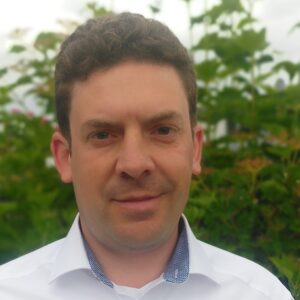
Dr.-Ing. Jan Schattenberg
Dr.-Ing. Jan Schattenberg ist Leiter der Arbeitsgruppe Automatisierungs- und Robotersysteme und stellv. Institutsleiter am Institut für mobile Maschinen und Nutzfahrzeuge an der TU Braunschweig. Seine Forschungsschwerpunkte sind: Umfeldwahrnehmung – Sensordateninterpretation & Lokalisierung, Flexible Kommunikationsstrukturen, Maschinen- und Systemautomatisierung mit ganzheitlichen Ansätzen für neue Pflanzenbausysteme.
Projekte
Entwicklung neuer Verfahren und Identifikation von Forschungslücken, um dem Ziel der nachhaltigen Intensivierung in der Landwirtschaft beizutragen.
Verbundvorhaben für teilautomatisiertes Explorationssystem
Weiterentwicklung des Steuerungsmoduls zur autonomen Führung von Entmistungs-, Liegeboxenreinigungs- und Einstreugeräten
Assistenzsysteme für Sicherheit, Effizienz und Komfort für Traktoren mittels rückwärts gerichteter 3D Time-Of-Flight Kamera
Das Projekt „Praxisorientierte Autonomisierung landwirtschaftlicher Verfahren“ beschäftigt sich mit der Integration autonomer Systeme in der Landwirtschaft

Stefanie Thieme
Stefanie Thieme ist wissenschaftliche Mitarbeiterin am Institut für Informatik an der Universität Osnabrück. Sie ist als Koordinatorin des Zukunftslabors Agrar tätig.
Kontakt aufnehmen
Kathrin Toppel
Kathrin Toppel ist wissenschaftliche Mitarbeiterin an der Hochschule Osnabrück. Ihre Forschungsschwerpunkte sind: Digitales und sensorgestütztes Bestandscontrolling beim Nutzgeflügel.
Projekte
Glucocorticoid- und Verhaltensbasierte Erfassung von Stressbelastungen bei Geflügel für Ermöglichung der Einschätzung des Tierwohls bei Nutzgeflügel
Das Projekt „Praxisorientierte Autonomisierung landwirtschaftlicher Verfahren“ beschäftigt sich mit der Integration autonomer Systeme in der Landwirtschaft
Entwicklung und Validierung verbesserter und neuer Messsysteme
Evaluierung des Umsetzungsstands der erarbeiteten Empfehlungen zur Verhinderung von Federpicken und Kannibalismus bei Jung- und Legehennen in Betrieben

Dennis Ziegenhagen
Dennis Ziegenhagen ist wissenschaftlicher Mitarbeiter am Institut für Informatik an der Universität Osnabrück. Er ist als Koordinator des Zukunftslabors Agrar tätig.
Kontakt aufnehmenGeförderte Einrichtungen
Projekte des Zukunftslabors
News
Videos und Podcasts
Wissenschaftliche Veröffentlichungen
The poultry industry is an important and still growing sector in many parts of the world. For ethical reasons and due to increased consumer awareness for animal welfare in production animals, it is of ...
The poultry industry is an important and still growing sector in many parts of the world. For ethical reasons and due to increased consumer awareness for animal welfare in production animals, it is of importance to establish a reliable and objective test system for monitoring and improving health and welfare. During the rearing process, broiler chickens are exposed to numerous potential stressors and management interventions (e.g. weighing of individual animals, pre-slaughter fasting and capture processes), but assessing the level of stress perceived by the animals entirely through behavioral observations can be challenging. Monitoring stress-related physiological markers, such as glucocorticoids, can be an accurate and presumably more objective addition. To avoid additional stressors induced by blood collection, a non-invasive approach using urofecal samples is advisable. However, a thorough validation is needed to establish a suitable test system for measuring stress hormone levels, including potential effects of the time of day of collection or the time that has elapsed since defecation.
Therefore, the aim of this study was to test the stability of urofecal glucocorticoid metabolites (ufGCM) post defecation, to determine time of day effects on ufGCM levels, and to investigate the effect of standard management procedures on ufGCM concentrations in broiler chickens.
Our results revealed a time window of 4 hours in which fecal samples from broilers can be collected without major alterations to the ufGCM concentrations. In this regard, a ‘fecal box’ proved useful for collecting uncontaminated fresh samples. The time of day of sample collection did not influence ufGCM concentrations significantly. Moreover, the used assay proved to be sensitive enough to detect even small and short-lasting activations of the HPA axis induced by handling, confinement, and fasting. Thus, the system used can be a powerful and easy to apply tool in a chicken production setup for assessing stress as a marker of welfare in commercially housed broiler chickens, which in the long-term can also improve production, particularly with regard to process quality.
Autor*innen
- Tanja Wolf
- Kathrin Toppel (Hochschule Osnabrück)
- Prof. Dr. Robby Andersson (Hochschule Osnabrück, Lehrstuhl Tierhaltung und Produkte)
- Prof. Dr. Chadi Touma (Universität Osnabrück)
Veröffentlichung
- Im Rahmen des Buches/Journals bzw. Konferenz: Poultry Science
- Datum: 01.08.2024 - 01.08.2024
- Link zur Veröffentlichung
Insufficient light conditions are discussed in reference to the occurrence of behavioral disorders, particularly feather pecking in turkeys. In order to ban the beak trimming in turkey husbandry, the ...
Insufficient light conditions are discussed in reference to the occurrence of behavioral disorders, particularly feather pecking in turkeys. In order to ban the beak trimming in turkey husbandry, the light conditions for turkeys need to be improved. In a first step, the current state of lighting conditions in representative turkey barns in north-east Germany were determined. This included e.g. recording installed light sources, including light spectrum, light intensity, and frequency. Additionally, the possibilities for influencing the lighting conditions in the barns were investigated, e.g. dimming of lamps and daylight exposure. Light measurements were conducted in 17 barns, including both naturally ventilated and mechanically ventilated barns with 2 different spectroradiometers (BTS2048-VL and BTS256-EF, Gigahertz Optic). About 75 different measuring points were recorded for each barn, about 60cm above the ground each measurement included mean of 10 measured values, integration time was 100ms. In the examined barns, fluorescent lamps (10x) and LEDs (7x) were installed and three of each were dimmable. In barns with LED lighting, emissions occurred between 400-780nm at each wavelength, so the artificial light spectrum of the LEDs did not contain a UV-A component. With fluorescent lamps, visible light is generated, inter alia, by the conversion of UV light in a fluorescent layer of the lamp, so a small amount of UV radiation (around 360nm) was measurable in the light spectrum. However, fluorescent lamps cannot achieve a daylight-like spectrum, as they emit a narrowband light spectrum characterized by peaks in three color ranges, and thus do not fulfill the light requirements of turkeys. When green blinds were used, the transmission of green wavelengths was enhanced, leading to a spectral shift and, consequently, a potential alteration in color perception by the turkeys. The measured fluorescent lamps may have been perceived as flickering by turkeys because the measured frequency was 100 Hz, thus below the flicker fusion frequency (FFF) of poultry. Light intensities varied significantly at the same dimming setting, making it challenging to make recommendations for light reductions based on dimming settings. For turkeys, the low frequencies (100 Hz) as well as the limited spectrum in artificial light and partially monochromatic light caused by green blinds, which supports false color vision, can trigger stress and be risk factors for behavioral disorders.
Behavioural disorder, turkey, lighting, flicker fusion frequency, UV-light
Autor*innen
- Kathrin Toppel (Hochschule Osnabrück)
- Anna Louisa Reimers (Hochschule Osnabrück, Fakultät Agrarwissenschaften und Landschaftsarchitektur)
- Prof. Dr. Robby Andersson (Hochschule Osnabrück, Lehrstuhl Tierhaltung und Produkte)
Veröffentlichung
- Im Rahmen des Buches/Journals bzw. Konferenz: 16th European Poultry Conference
- Datum: 24.06.2024 - 28.06.2024
According to the National Emission Ceilings (NEC) Directive ammonia (NH3) emissions in Germany must be reduced by 29% by 2030 compared to 2005. In order to comply with this limit value, the revised Ge ...
According to the National Emission Ceilings (NEC) Directive ammonia (NH3) emissions in Germany must be reduced by 29% by 2030 compared to 2005. In order to comply with this limit value, the revised German General Administrative Regulation to the Federal Immission Control Act (Technical instructions for air pollution control; TA-Luft) demands a 70% reduction in ammonia emissions for forced-ventilation poultry houses with a capacity of 40,000 animal places (AP) or more. Poultry houses with a capacity of 30,000 to 40,000 AP must reduce their ammonia emissions by 40%. Technical solutions are available but due to high costs and the poor carbon footprint of the technical solutions, other options are needed. As ammonia emissions emerge from the litter, affecting the animal welfare and health, the bedding material plays a key role in reducing ammonia emissions from the litter. Therefore, a new straw pellet including sodiumbisulfate (SBS) was tested on 2 commercial broiler farms during 3 cycles from January to August 2023 with a total of 234,900 Ross 308 broilers. Both farms had two identical poultry houses. The animals were kept for 42 days. Litter management followed standard recommendations with removing the bedding and cleaning the barn between each cycle. The international VERA test protocol for animal husbandry and management systems was used as the basis for the measurement planning (VERA 2018). Following a case and control method, one barn on each farm was littered with 1.2 kg/m² straw pellets (control) and the other barn was littered with 1.5 kg/m² straw pellets including about 20 % SBS. Case and control barns alternated between each run. Ammonia emissions were determined by FTIR analysis and by the volume flow rate of the poultry houses. Average mortality rate was 2 % over each production cycle. The average feed conversion ratio was 1.48 kg/kg in both, case and control. The use of straw pellets with SBS reduced ammonia emissions by 58.2 % compared to conventional straw pellets. The recovery rates for nitrogen of 106.4 % support these results. In relation to the TA-Luft the ammonia reduction target was achieved with 85 %. In order to complete the VERA test protocol, the tests are ongoing with an expected completion in March 2024.
Autor*innen
- Kathrin Toppel (Hochschule Osnabrück)
- Dr. Benedikt Thesing
- Lars Broer
- Prof. Dr. Robby Andersson (Hochschule Osnabrück, Lehrstuhl Tierhaltung und Produkte)
Veröffentlichung
- Im Rahmen des Buches/Journals bzw. Konferenz: 16th European Poultry Conference, 24th to 28th June2024, Valencia, Spain
- Datum: 24.06.2024 - 28.06.2024
Wissenschaftliche Vorträge
Referent*innen
- Kathrin Toppel (Hochschule Osnabrück)
Vortrag
- Im Rahmen der Veranstaltung: 4. Erzeuger-Forum Lohmann Süd und Bio Aufzucht LSL Rhein-Main, 15.05.2025, Bad Windsheim
- Datum: 15.05.2025
Referent*innen
- Kathrin Toppel (Hochschule Osnabrück)
Vortrag
- Im Rahmen der Veranstaltung: Jahreshauptversammlung der Putenerzeugergemeinschaft Rheinland w.V. und GmbH. 29.04.2025, Davensberg
- Datum: 29.04.2025
Referent*innen
- Prof. Dr. Chadi Touma (Universität Osnabrück)
Vortrag
- Im Rahmen der Veranstaltung: 12. Osnabrücker Geflügelsymposium
- Datum: 04.02.2025


